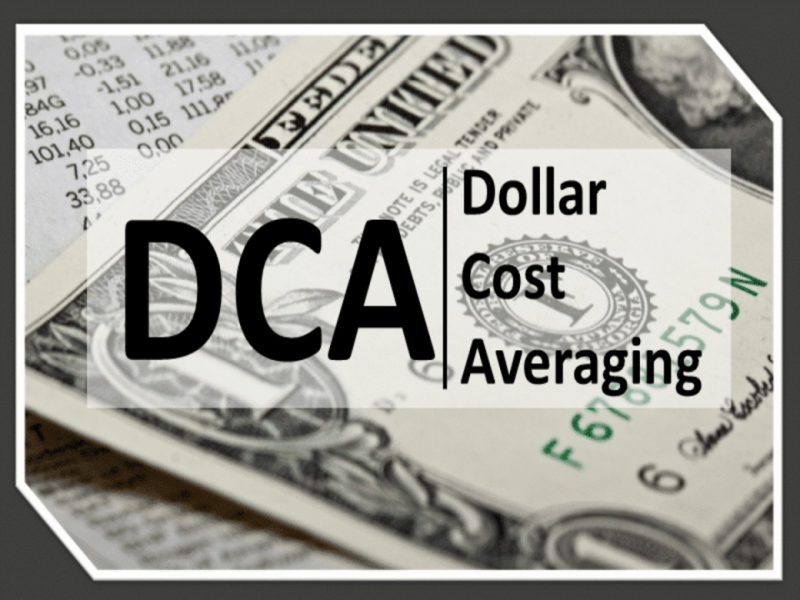During periods of the downtrend in the Bitcoin and the crypto market, traders, to a fair extent, have a window to get away if they well-time their short bets. Investors, on the other hand, are the ones who get affected by bloodshed. However, just like how most problems have solutions, even this does.
There is n number of investment strategies that investors deploy, and the Dollar Cost Averaging, or DCA, is one of the most prominent. As such, it is a simple technique where investors are required to divert funds towards Bitcoin or any other crypto asset at regular intervals.
Getting into the details of DCA-ing
Every long-term investor must have used this strategy or at least vaguely heard about it. Regardless of the price of Bitcoin or any other crypto asset chosen, users will invest a fixed sum repeatedly. The state of the market doesn’t affect the game-plan, and the return goals are usually more inclined towards the long-term and are quite an attractive strategy for new investors with a little stake.
Essentially, whenever the price of Bitcoin is high, the purchasing power of fiat reduces, which means that your money will buy fewer Satoshis of Bitcoin per dollar invested. On the contrary, when the prices are down, the same amount of funds would fetch investors a larger share of Bitcoin’s pie.
So, with time, the average cost per share of BTC that you spend should relatively be favorable against the price you’d have paid if you tried to time the market. In most cases, the result is positive, meaning that the average cost substantially glides down when the digital asset costs are low.
It is almost impossible to speculate trends every time aptly. Thus, playing it safe and sticking to strategic plans works out best for investors with a reasonably low-risk appetite who want to build wealth over the long term.





